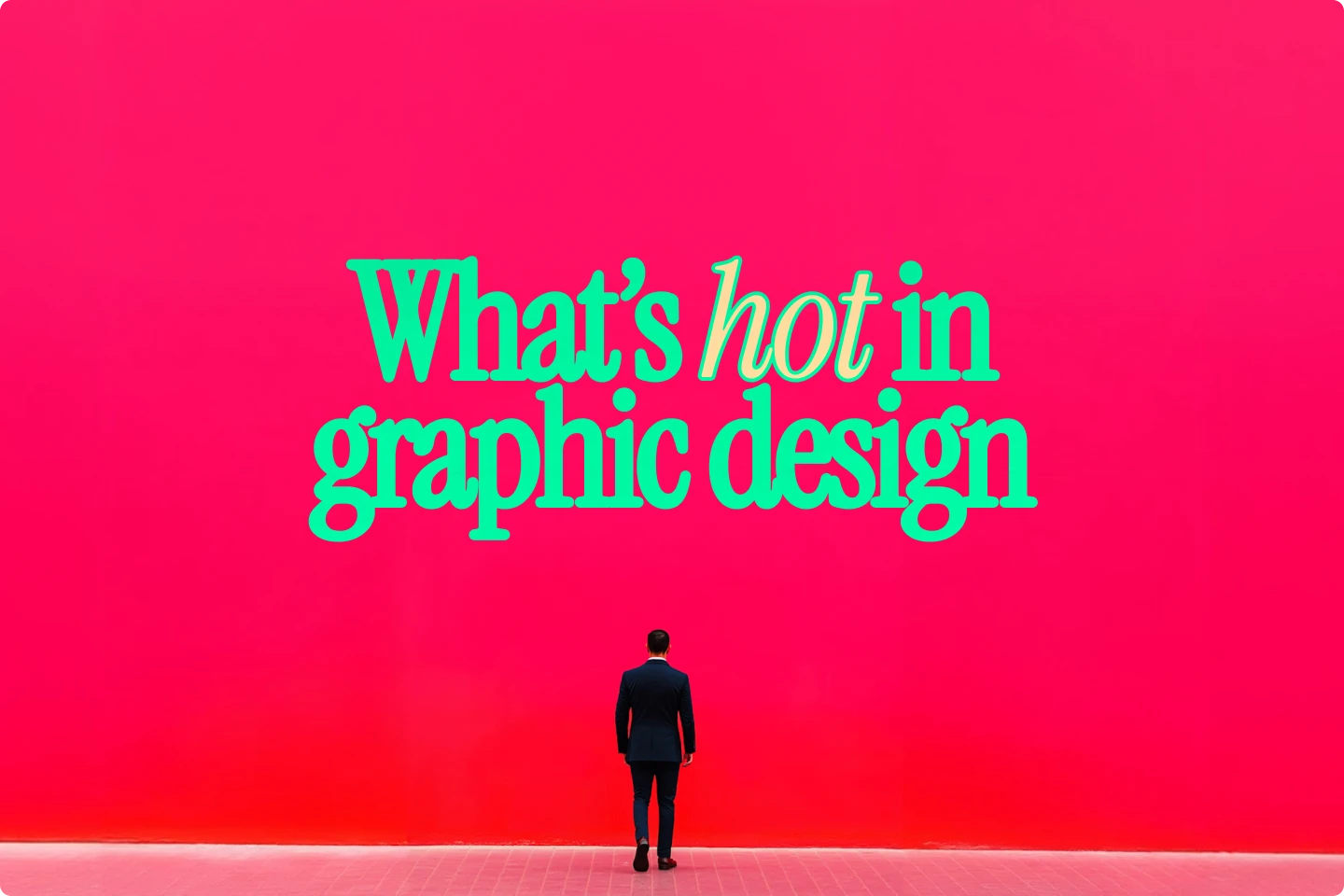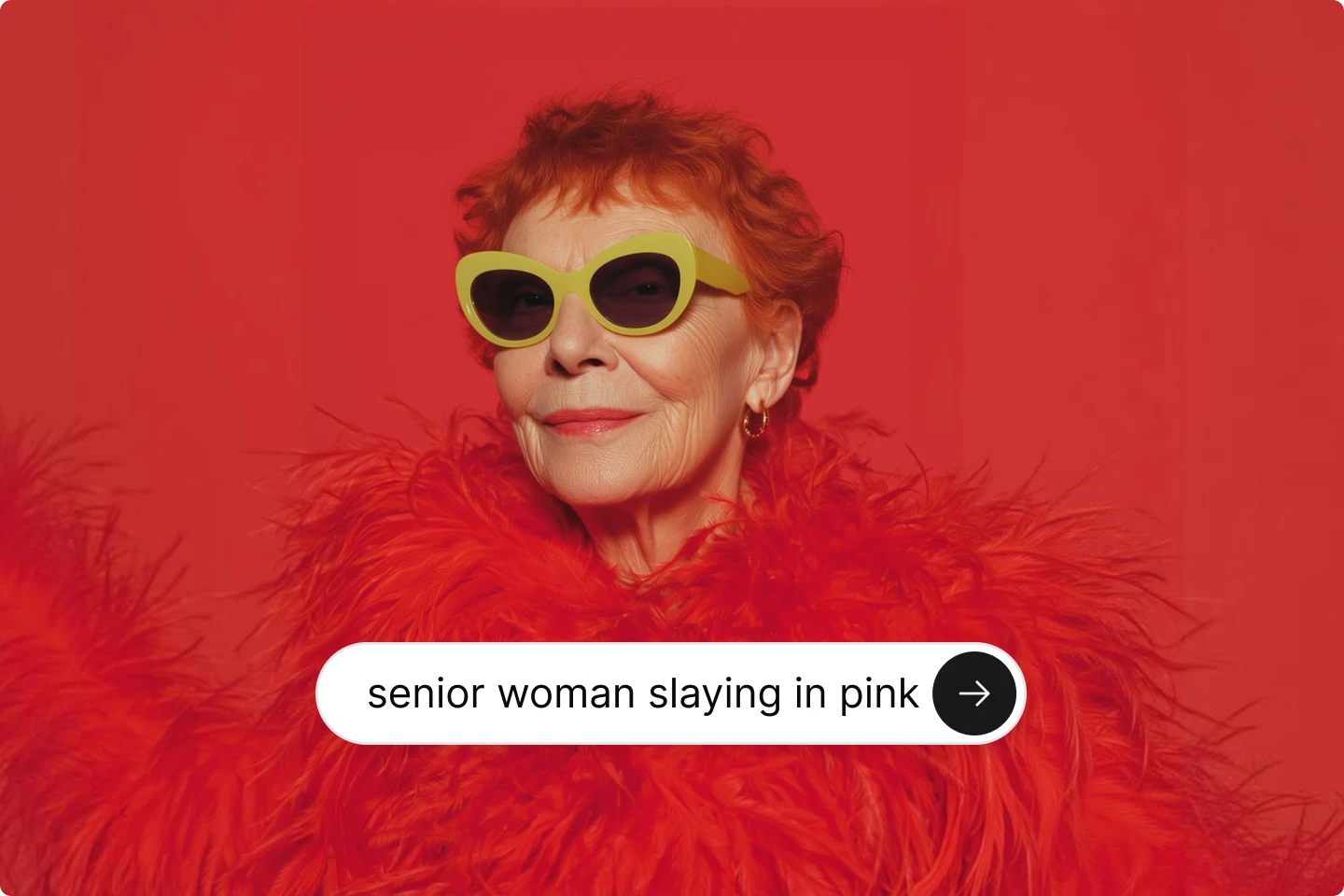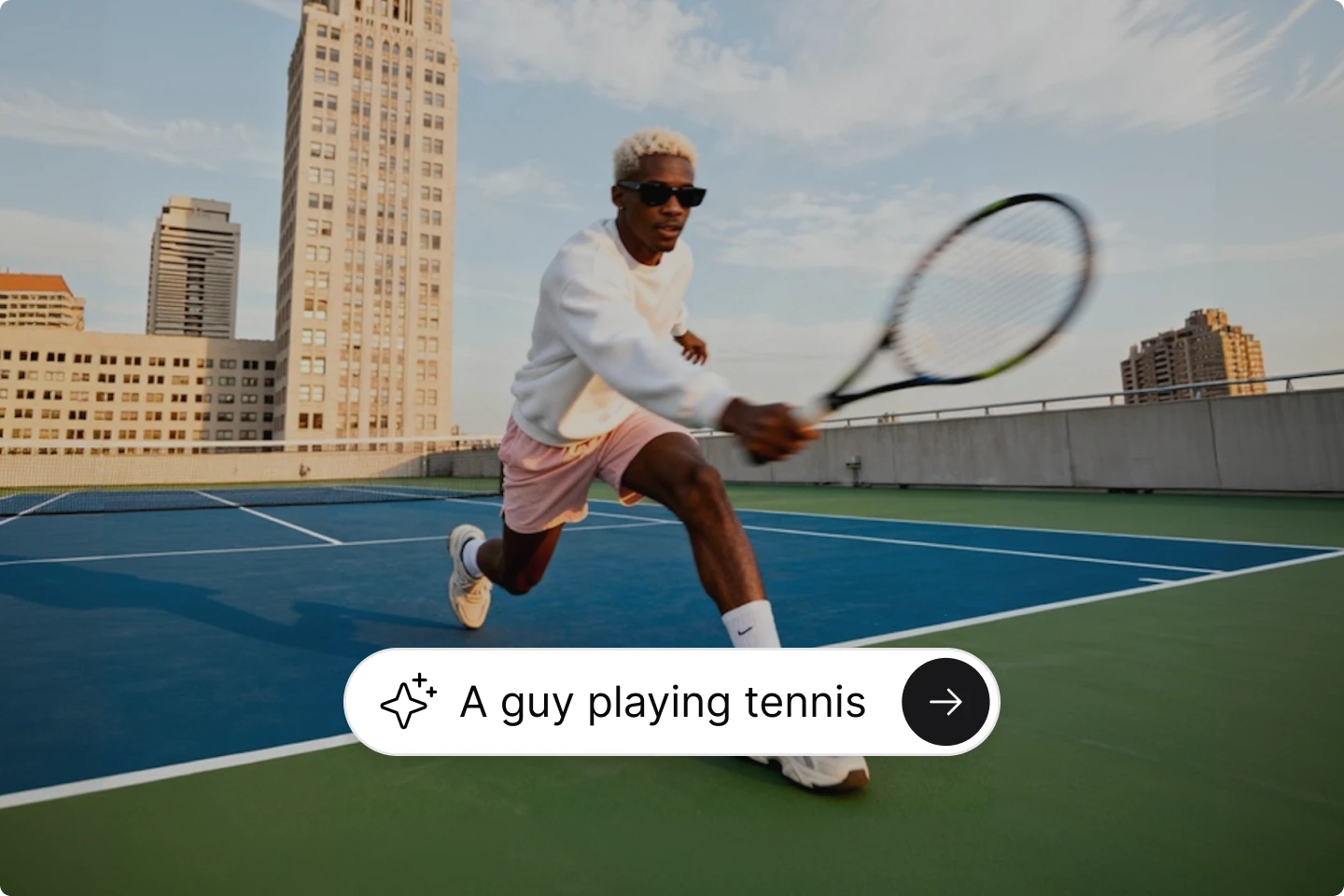10 graphic design trends for 2026 & the future of creativity

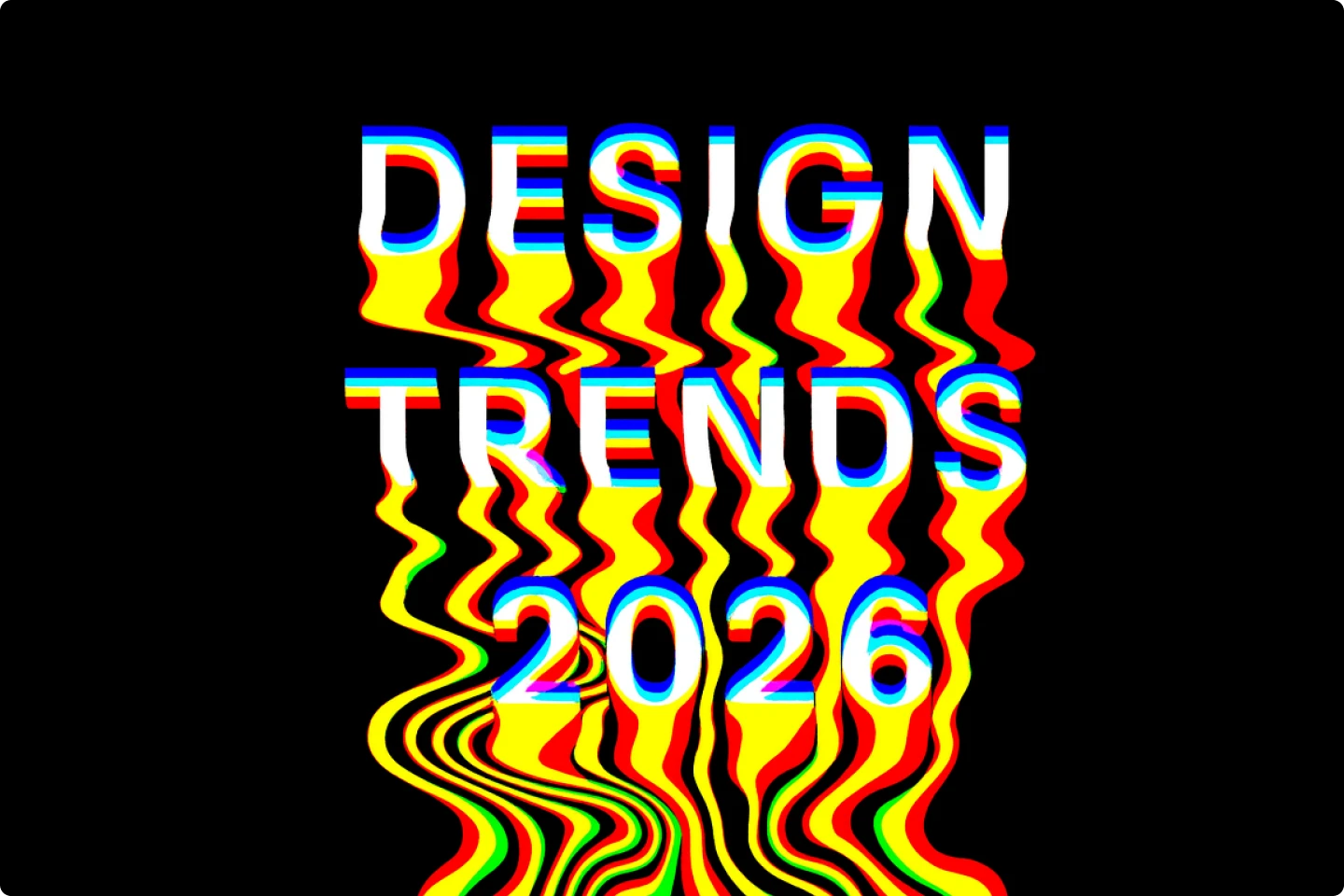
We explored the future of creativity by diving deep into the most exciting 2026 design trends shaping how we create and connect. From human-centered aesthetics to experimental visual movements, these trends reveal where design is headed next.
The rapid advancement of AI has made graphic design a hot topic in recent years. While some believe this new era of creativity as an end to graphic design, we see it as a beginning to one of the most exciting times in design history. What comes next in the design world is literally keeping us up at night, and we are always on the lookout to see what’s on the horizon of the design world.
With the new year quickly approaching, we scoured the web, did deep dives on our favorite resources, and chatted with some of the brightest minds in a variety of creative industries to see what graphic design trends are heading our way in 2026.
Plenty of ideas are sticking and carrying over from the previous year, but these 2026 design trends below are some of the most exciting ones on the horizon.
Why 2026 graphic design trends matter more than ever
The rise of generative AI, real-time personalization, and data-driven creative tools has changed what it means to design with purpose. In 2026, trends are blooming out of cultural signals that reflect how people connect, consume, and express themselves.
This year marks an especially meaningful point in design history. The world has moved beyond novelty-driven AI hype. Now there’s a deeper focus on how creativity and human intuition merge with intelligent tools. These design trends 2026 highlight the shift toward meaningful, emotionally intelligent design, where every visual choice serves a human purpose.
1. 3D elements everywhere
3D design has been trending for years, but in 2026, it’s becoming truly universal. From websites to icons to typography, 3D elements will continue to define how we experience visual storytelling. What used to be complex and technical is now accessible thanks to AI-powered design tools that simplify modeling, lighting, and rendering.
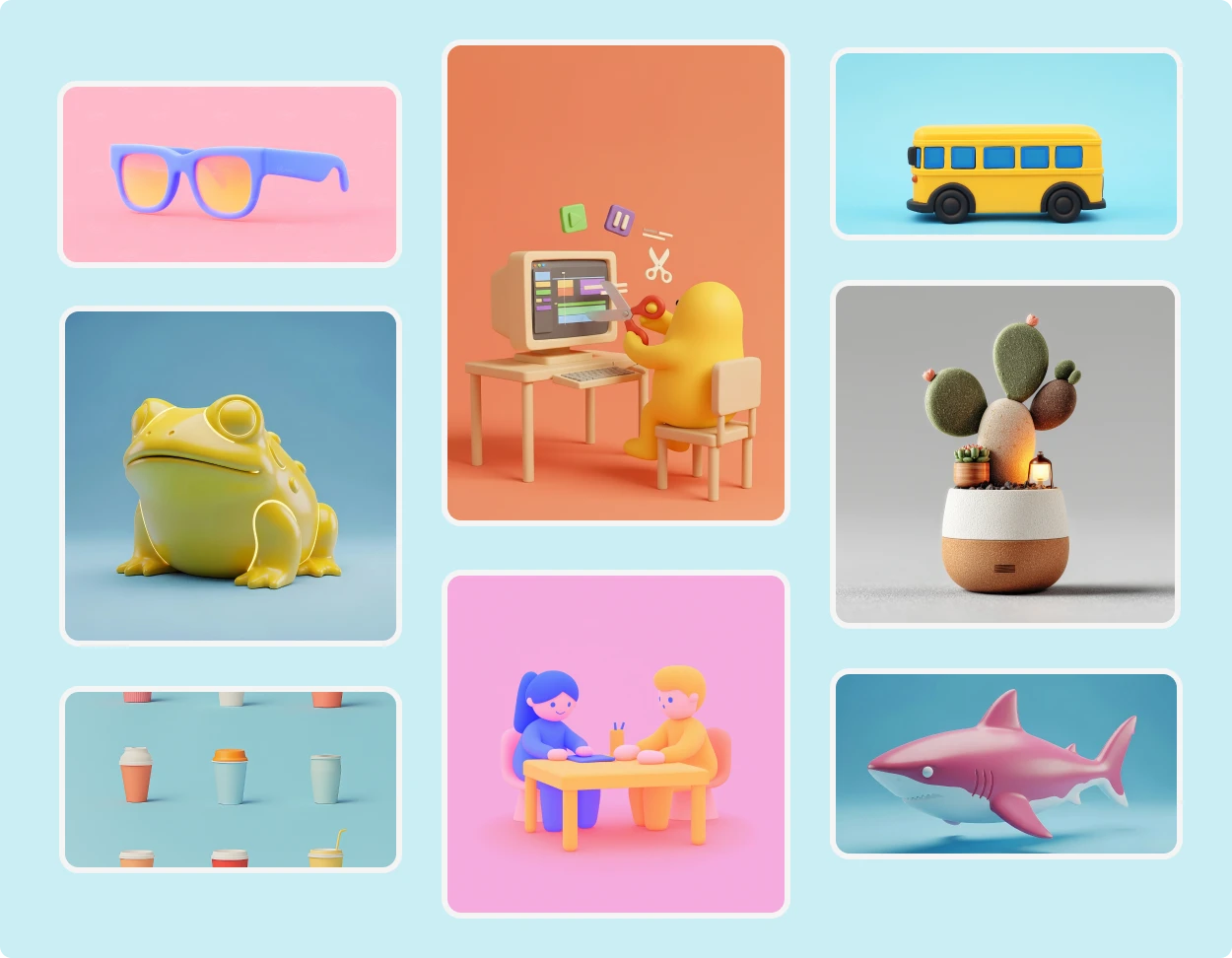
Brands are using 3D and 3D tools to add depth and playfulness to their visual identity. Think of interactive interfaces that invite users to rotate products in real time or editorial designs that blend typography with sculptural 3D textures. Even minimalist layouts are being elevated with subtle three-dimensional accents that feel modern and immersive.
3. Mixed media and dynamic collages
The collage is back, but this time, it’s evolving. As AI-driven collage generators make it easier to blend photos, illustrations, and textures, mixed media has become a playground for creativity. 2026 will see a surge in dynamic collages that merge physical and digital aesthetics into visually rich compositions.
Designers are layering photography with 3D elements, combining cutout textures with glitch effects, and mixing typography with hand-drawn lines to create something that feels fluid and alive. These hybrid visuals echo the fragmented way people consume media today, scrolling, swiping, and remixing content across multiple platforms.
4. Fragmented glass effect
The fractured glass effect is guaranteed to be seen across socials and different design circles. Designers are layering broken glass textures, light refractions, and prism-like distortions to create visuals and design styles that feel sharp, dynamic, and futuristic.
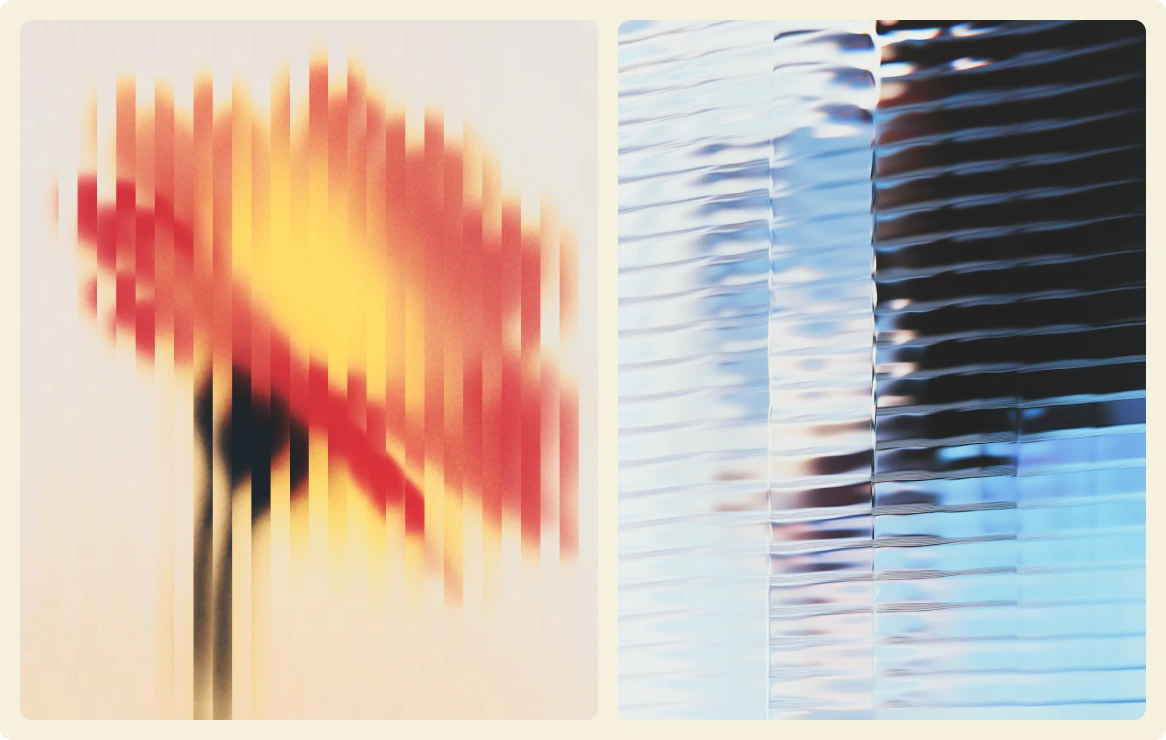
This style captures both fragility and strength, giving designs a sense of tension and depth. It’s showing up across tech branding, posters, and motion graphics, adding a cinematic shimmer that feels alive and unpredictable.
5. Going back to the classics
Among the most noticeable 2026 design trends is the move toward classic branding. Companies like Pepsi, Burger King, and Adidas have revisited their retro aesthetics, giving life back to those warm old designs that millenials and older generations love. These updates blend nostalgia with modern clarity, proving that familiar visuals can still feel fresh.
This return to heritage design reflects a larger cultural shift. Audiences are craving stability and authenticity, and brands are responding by embracing what made them iconic in the first place. Going back to the classics is less about the past and more about reconnecting with timeless visual identity.
6. Ukiyo-e
The timeless art of Ukiyo-e is making a subtle but powerful return in 2026. This traditional Japanese woodblock style, known for its flowing lines, flat color fields, and nature-inspired compositions, is influencing a new wave of digital design.
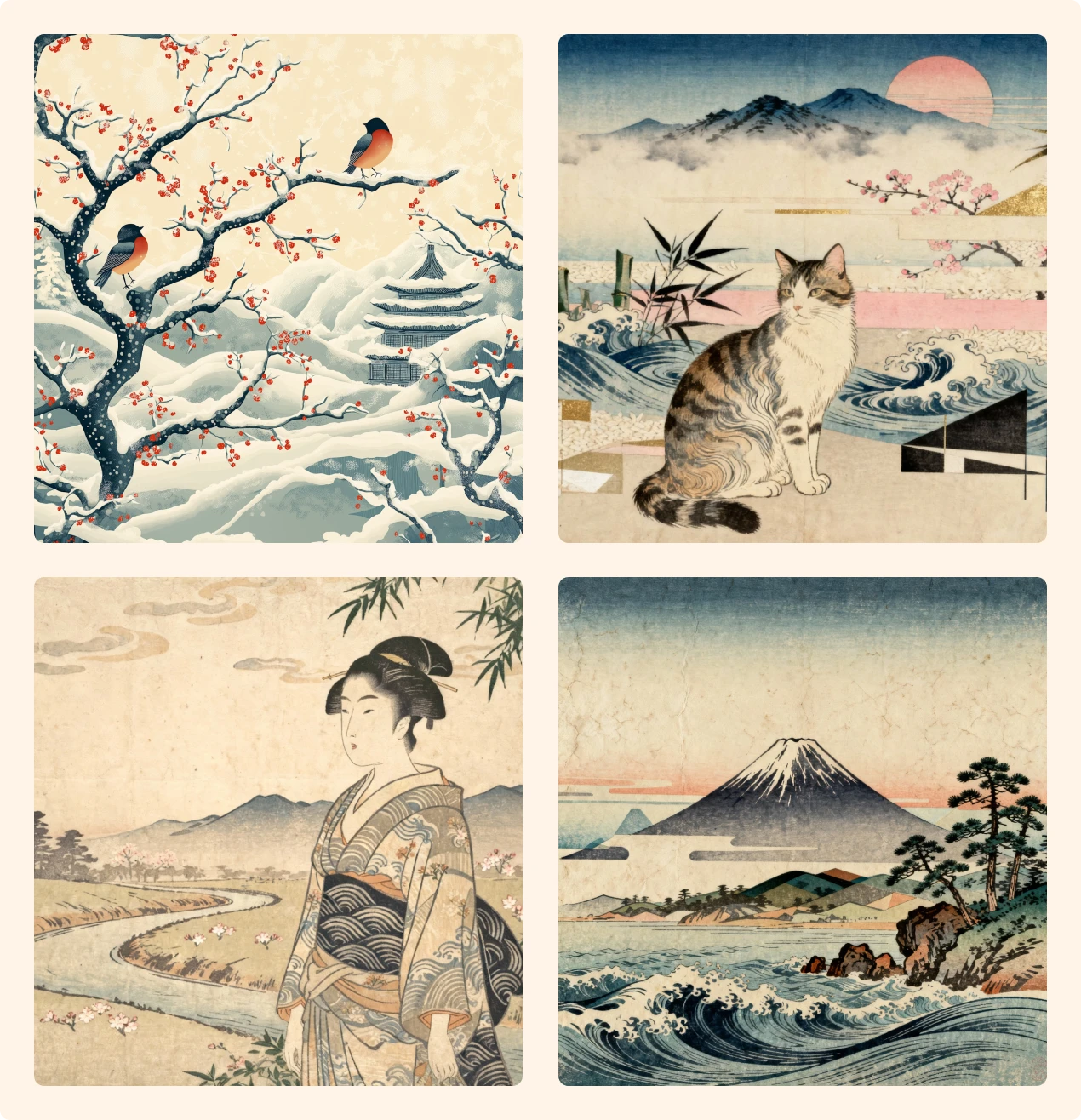
In the 2026 design landscape, Ukiyo-e serves as a reference for designers to draw from its calm sense of composition, muted tones, and symbolic details to bring a meditative quality to digital spaces. The result is a trend that celebrates craftsmanship and cultural legacy while reimagining it for the modern screen.
7. Subtle retro futurism
Retro futurism was a major trend across a ton of creative industries in 2025. From movies, to UI design, and graphic design included, the clanky look earlier technology fuses with the modern creative vision of the future. Think smooth metallic gradients, muted neon glows, and typography inspired by mid-century sci-fi but balanced with minimalist layouts.
This version of retro futurism feels optimistic rather than chaotic. It nods to the past while imagining a cleaner, calmer vision of the future. By mixing nostalgia with restraint, subtle retro futurism gives brands and creatives a way to explore innovation without losing warmth or familiarity.
8. Imperfection is in
Perfect design often feels too polished, and 2026 is shifting away from that. Designers are intentionally leaving in rough edges, visible brush strokes, and organic textures to create visuals that feel alive. These imperfections remind people that creativity is still guided by human instinct, not just by tools or templates.
The movement toward imperfection highlights authenticity and honesty in design. It shows that something doesn’t need to be flawless to be powerful. Slight asymmetry, natural grain, and uneven color can make an image or layout feel more emotional and relatable.
In a time when so much looks algorithmically smooth, a touch of imperfection feels like proof of personality.
9. Mishko effect
The Mishko effect captures the chaotic energy of digital distortion. Inspired by warped color waves and glitch-style movement, this trend turns visual noise into art. Designers are using it to create intensity and rhythm, often pairing bright RGB tones with text that seems to melt or ripple across the screen.
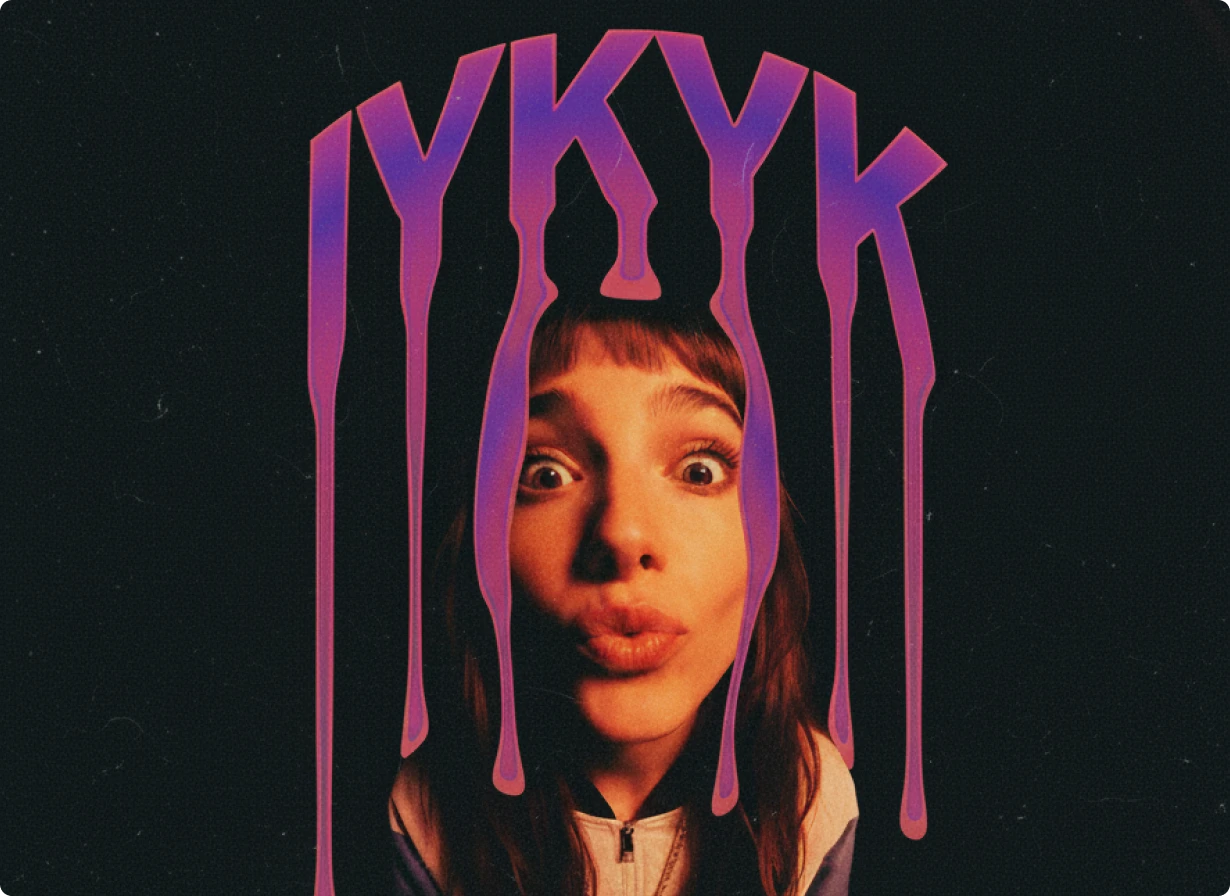
It reflects a generation comfortable with imperfection and digital disruption. The Mishko effect embodies the feeling of being online—fast, fragmented, and full of motion—while still maintaining a sense of intentional design. It’s bold, unpredictable, and one of the most striking visual languages in the 2026 design trends lineup.
10. Frasubarne
Frasubarne is an emerging visual trend defined by dreamlike layering and surreal transitions between form and color. It’s a style that feels fluid and ethereal, as if every element is in motion. Designers are using translucent overlays, gradient meshes, and subtle distortion to create visuals that look both organic and digital at the same time. The result is a soft, almost hypnotic energy that draws viewers in and keeps them looking.
Unlike bold glitch effects or sharp geometric patterns, Frasubarne leans into calmness and mood. It’s being used in fashion campaigns, music visuals, and tech branding to create emotional depth without overwhelming the viewer. The blend of light, texture, and rhythm gives it a sense of continuous transformation. In a year filled with AI-generated precision, Frasubarne stands out as a reminder that design can still feel mysterious and alive.
Embracing the future of graphic design
The 2026 design landscape is dynamic, unpredictable, and more exciting than ever. The merging of human creativity with intelligent tools is an opportunity for designers, and far from the end for the human creative.
As these design trends 2026 unfold, one thing is clear: creativity is evolving beyond aesthetics into something more holistic. The future belongs to designers who stay curious, keep experimenting, and understand that design is not just about making things look good. It’s about making people feel something.
The age of hyper-personalization
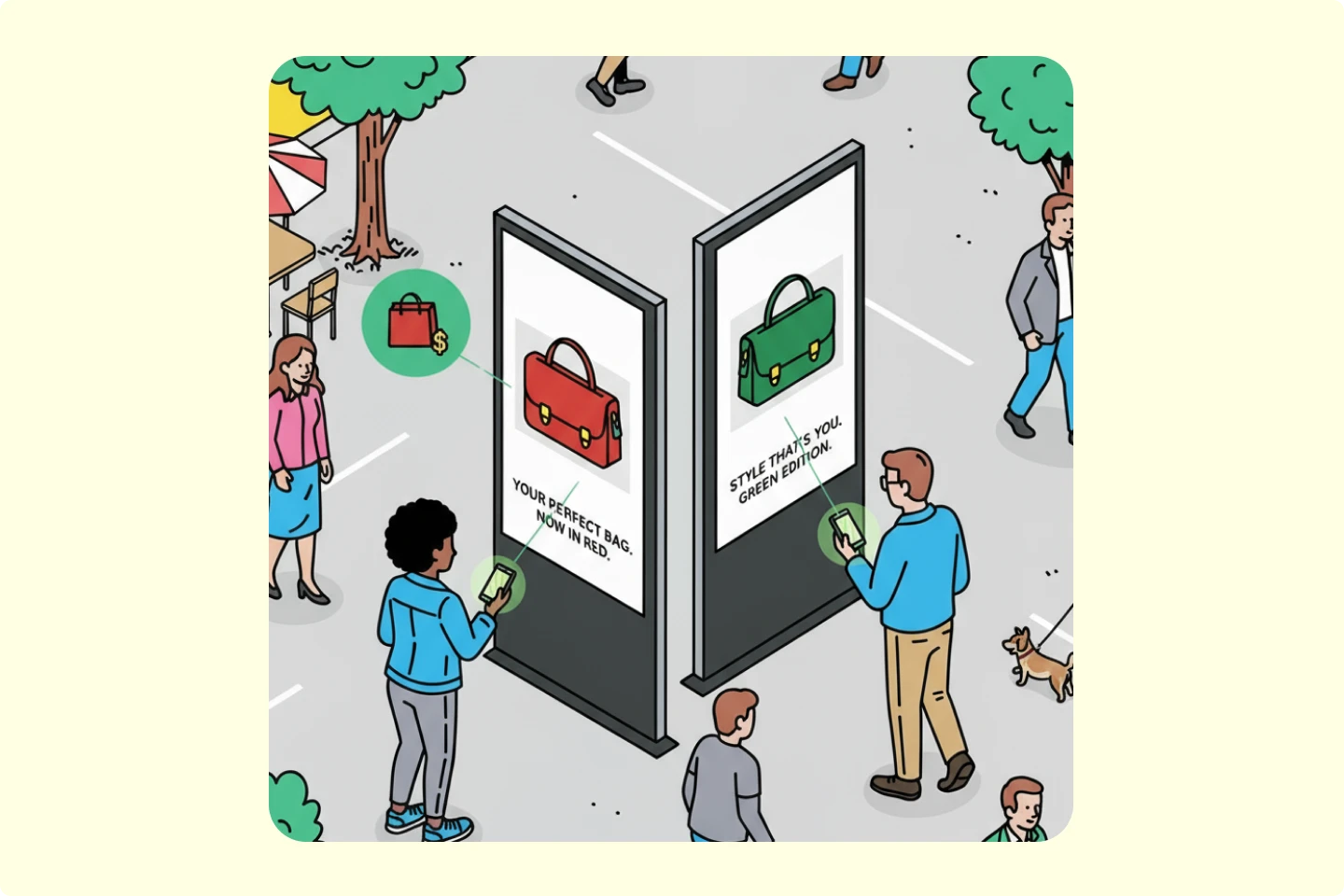
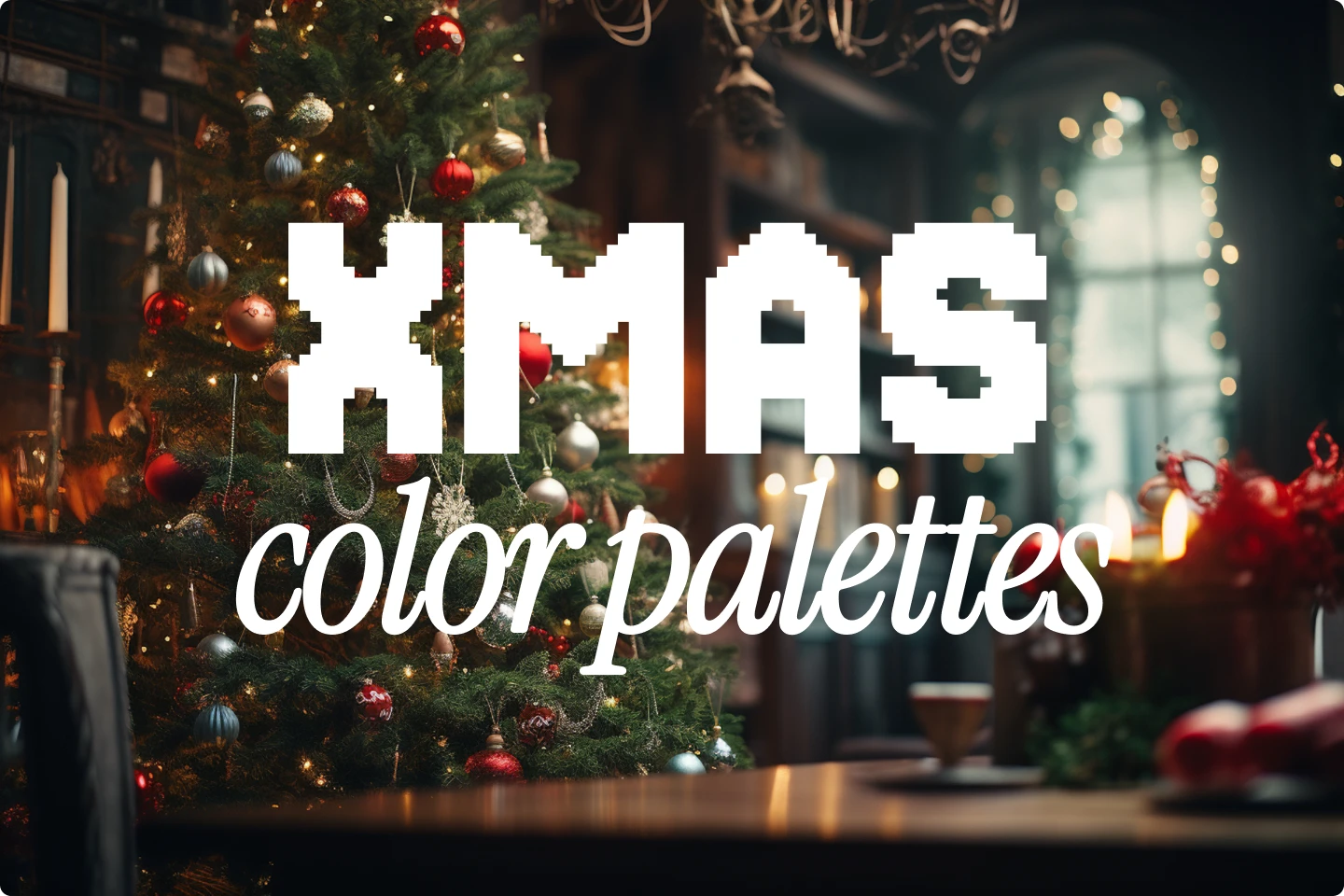
.webp)
